Why USB Type-A Still Dominates Despite Newer Connectors Emerging Fast
The Enduring Reign of USB Type-A
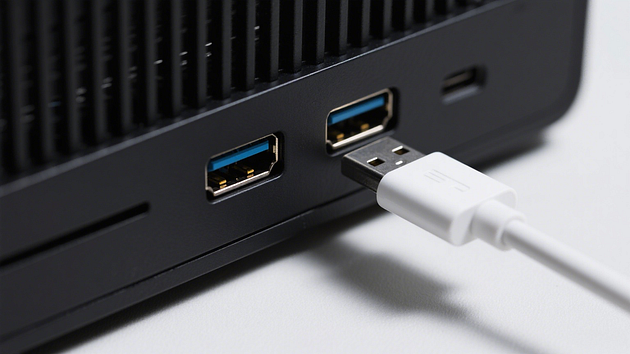
The USB Type-A connector remains a cornerstone of modern technology. The USB Type-A was introduced in the mid-1990s. It quickly became the standard for connecting devices like keyboards, mice, and storage to computers. At Kinghelm, we offer high-quality USB Type-A connectors. Our connectors are built for durability and work with many devices.
Its rectangular shape and simple plug-and-play design made the USB Type-A connector user-friendly and reliable. Over decades, millions of devices adopted this port, ensuring widespread compatibility across desktops, laptops, and gaming consoles.
Despite the rise of newer standards like USB Type-C, the USB Type-A connector still appears on many modern devices. Its durability and backward compatibility help maintain its popularity.
Many accessories, chargers, and cables are still manufactured with USB Type-A ports. This enduring presence ensures that users can connect both old and new devices with ease. The USB Type-A continues to bridge generations of technology, cementing its legacy in the digital world.
Ubiquity in Legacy Devices and Accessories

The USB Type-A connector has become a standard interface on countless devices over the past two decades. Most older computers, laptops, printers, and external hard drives have at least one USB Type-A port. This connector is instantly recognizable by its rectangular shape and robust design.
USB Type-A’s ubiquity extends to a vast ecosystem of accessories. Keyboards, mice, flash drives, webcams, and many other devices often use the USB Type-A connector. This connector transfers power and data. Even older charging cables and adapters often feature this familiar plug.
The USB Type-A connector is still important for users with older devices. It is long-lasting and works well with many devices.
Many modern computers still include USB Type-A ports to ensure backward compatibility with existing accessories. This broad support makes it easier to connect and use older hardware without needing specialized adapters. The enduring presence of USB Type-A highlights its importance in bridging past and present technology.
Cost-Effectiveness for Manufacturers and Consumers
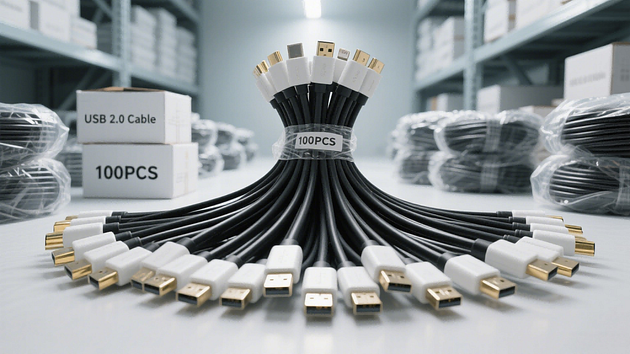
The USB Type-A connector is known for its cost-effectiveness. Manufacturers find it cheap to produce USB Type-A ports and cables. This is because the manufacturing processes are well-developed and parts are easy to find. Bulk production further drives down costs, making it an economical choice for mass-market electronics.
For consumers, USB Type-A offers affordable connectivity options. Cables and accessories using the USB Type-A connector are widely available at low prices. Compatibility with a vast range of devices, from computers to chargers, eliminates the need for expensive adapters or replacements.
Choosing USB Type-A means both manufacturers and consumers benefit from reliable performance at minimal cost. Its long-standing presence in the market ensures ongoing support and easy access to replacement parts. The USB Type-A connector remains a budget-friendly solution for everyday data transfer and charging needs.
Wide Compatibility Across Multiple Platforms
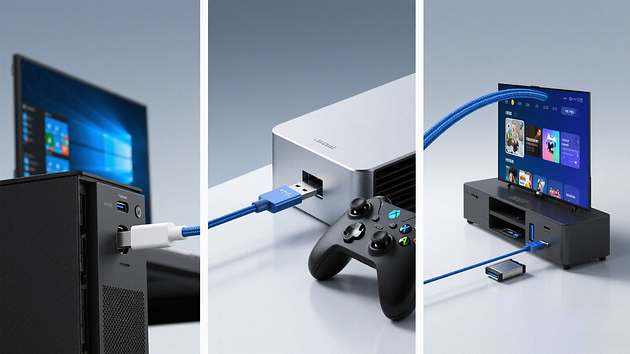
This device features a USB Type-A connector, ensuring broad compatibility with a wide range of computers and devices. The standard USB Type-A interface works seamlessly with desktops, laptops, gaming consoles, and smart TVs. You can easily connect it to Windows, macOS, and Linux operating systems without any hassle.
Thanks to the universal USB Type-A design, there’s no need for special adapters or additional software. Simply plug the USB Type-A connector into any available port, and your device is ready to use. It also supports backward compatibility with older USB versions.
Whether you’re transferring files, charging devices, or connecting peripherals, the USB Type-A ensures reliable performance. Enjoy effortless connectivity across multiple platforms with this versatile solution.
Reliability and Familiarity for Everyday Users

The USB Type-A connector is known for its reliability in daily use. It has been the standard USB port on computers, laptops, and many other devices for decades. Most people know the rectangular shape of the USB Type-A connector. This makes it easy to recognize and use.
This connector is sturdy and can withstand frequent plugging and unplugging without damage. Its universal design means you can find USB Type-A ports on many devices. These include keyboards, mice, external hard drives, and printers.
Everyday users trust USB Type-A because it rarely fails and offers consistent performance. The widespread adoption of this connector ensures compatibility with countless gadgets and accessories. For most users, the USB Type-A connector represents a dependable and straightforward solution for connecting their devices.
Slow Industry Transition to Newer Standards
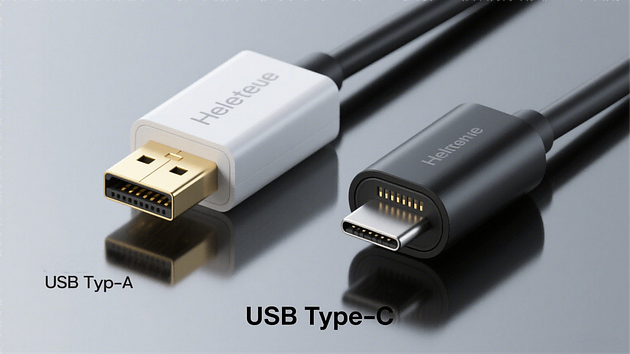
The industry has been slow to transition away from the USB Type-A standard. Many manufacturers still rely on the USB Type-A connector for computers, peripherals, and accessories. This widespread use is due to its long-standing compatibility and established presence in the market.
Even though newer standards like USB Type-C provide faster speeds and more versatility, USB Type-A ports are still common. You can find them in laptops, desktops, and charging devices. Consumers often own multiple devices that require the USB Type-A connector, making a complete shift challenging.
Manufacturers are hesitant to eliminate USB Type-A support because many users would face compatibility issues with older hardware. As a result, products continue to feature both USB Type-A and newer connectors. Manufacturers will slowly phase out the USB Type-A connector over the next few years. The industry wants to keep old devices working while also introducing new technology.
Limitations and Drawbacks of Emerging Connectors
Emerging connectors are replacing the traditional USB Type-A and USB Type-A Connector in many new devices. However, this shift comes with several limitations. Many existing computers, chargers, and accessories still rely on the widespread USB Type-A Connector, making compatibility an issue.
Users often need adapters or dongles to connect new devices to older USB Type-A ports. This can be inconvenient and add extra cost. Some new connectors might not be as strong as the reliable USB Type-A design. This could cause problems with reliability over time.
Additionally, users may experience confusion due to the variety of connector types now available. Switching from the universal USB Type-A can create e-waste. Older cables and accessories may become useless.
Overall, new connectors have advanced features. However, they still do not match the universal compatibility and reliability of the classic USB Type-A Connector.
Why USB Type-A Remains Essential
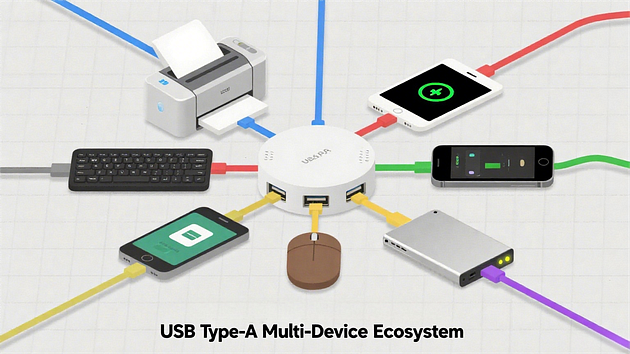
The USB Type-A connector is still a critical part of modern technology. Despite the rise of USB-C, countless devices use the traditional USB Type-A port. Keyboards, mice, flash drives, and printers often rely on the USB Type-A connector for reliable connectivity.
Many laptops and desktop computers continue to include USB Type-A ports. This ensures compatibility with a wide range of accessories and legacy devices. People know the USB Type-A connector for its durability and universal fit.
Additionally, many charging cables and power adapters still feature USB Type-A connectors. This makes it easy to charge smartphones, tablets, and other gadgets. As a result, the USB Type-A remains essential in both home and office environments.
Transitioning completely to newer standards takes time. Until then, the USB Type-A connector will stay an important part of everyday technology. For more information and to see our products, visit Kinghelm and check our USB Type-A product page.


Comments
Post a Comment